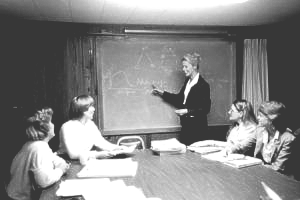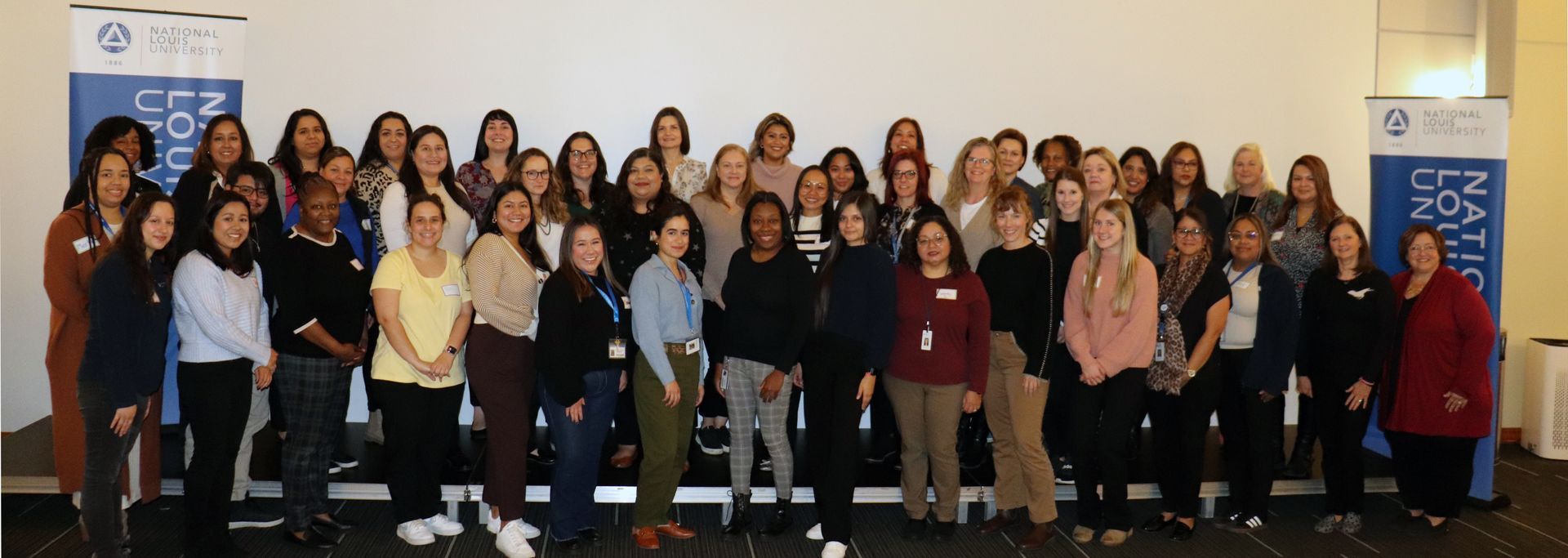BY Military Child Education Coalition (guest author) | April 28, 2015
This document may be printed, photocopied, and disseminated freely with attribution. All content is the property of the McCormick Center for Early Childhood Leadership.
Editor’s Note: Sometimes aspects of early childhood education are neglected. This guest blog post, written by the Military Child Education Coalition, addresses tips and resources that providers and parents can use in caring for military and veteran connected children. A strong social and emotional foundation provides the basis for establishing and maintaining positive relationships.
Transitions are a normal part of life for military and veteran-connected children. Some transitions are due to mobility, while others involve physical separation from a parent or family member for various lengths of time. With the return of the service member to the family, a time of readjustment and reconnecting occurs. Parents can support a young child’s ability to adapt to the reestablishment of routine, roles, and relationships by keeping a few tips in mind.
- Know what to expect with developmental milestones of young children
Children change rapidly and differ when accomplishing developmental milestones. They also arrive to this world with temperaments all their own. Some infants are sensitive to physical changes in their environment and respond with increased fussiness and crying. Some will show increased disinterest in eating and will display clinginess. Some children temporarily regress in developmental milestones during family adjustments. Educate yourself on typical developmental milestones so that your expectations are realistic. It is easy to become frustrated when a parent expects something that is not within a child’s ability. Also keep in mind that each child is different and may react differently to situations.
More information: Foundation for Child Development - Routine and Predictability
Experts in child development and child psychology tell us time and again that children thrive on routine and predictability. The more that families can reestablish and maintain daily routines, the more secure a child will feel.
More information: Coping with Change: Young Children in Military Families Find Comfort with the Familiar - Talk and Listen – with your eyes, your heart, and your ears
Use simple language to answer questions. Remember that infants and toddlers don’t always have the language capabilities to express their range of emotions, but will often express how they are feeling in other ways.
More information: The Future of Children - Roles and responsibilities
During the time that the service member is deployed, the roles and responsibilities of family members morph and adjust as needed. Some of the care of young children might be delegated to an older sibling or another caring adult, such as a babysitter. When the service member returns, the roles and responsibilities often shift back, which can leave young children feeling unsure and emotionally unbalanced. Clearly articulating roles and responsibilities of the returning parent in simple language will help a young child feel more confident in the reestablished family environment.
More information: Returning home: What we know about the reintegration of deployed service members into their families and communities - Strengthen parent/child relationship
The relationship between the returning parent and a young child can be accomplished with increased positive coping strategies. Family fun times like going to the park, playing a game of the child’s choosing, or reading bedtime stories will support the reestablishment of parent/child bonds.
More information: Strong Families, Strong Forces: A Home-Based Intervention for Military Families with Young Children - Flexibility
A family’s plan for reintegration may change dramatically as things and events may not turn out exactly as envisioned. The family will be miles ahead if plans can be abandoned when needed.
More information: Tips for Helping a Child after Deployment - Patience
Full reintegration simply takes time. Children will bond with the returning parent in a time frame that is just right for that particular child.
More information: Building Resilience in Young Military Children - Stay connected during the time of separation
Use all forms of media – Skype, FaceTime, email, text, videos, artwork, writing samples, and other forms of documentation to show concrete and meaningful changes in the young child.
More information: Provider-Parent Relationships: 7 Keys to Good Communication - Positive coping
Young children respond to the emotional stresses of the adults in their world. Although short-term stresses can provide an opportunity for increased problem-solving, long-term stresses can have a detrimental effect on a young child’s cognitive and behavioral development. Parents will serve their young children well by taking care of themselves when engaging in positive coping strategies.
More information: Stress in Young Children from Military Families





